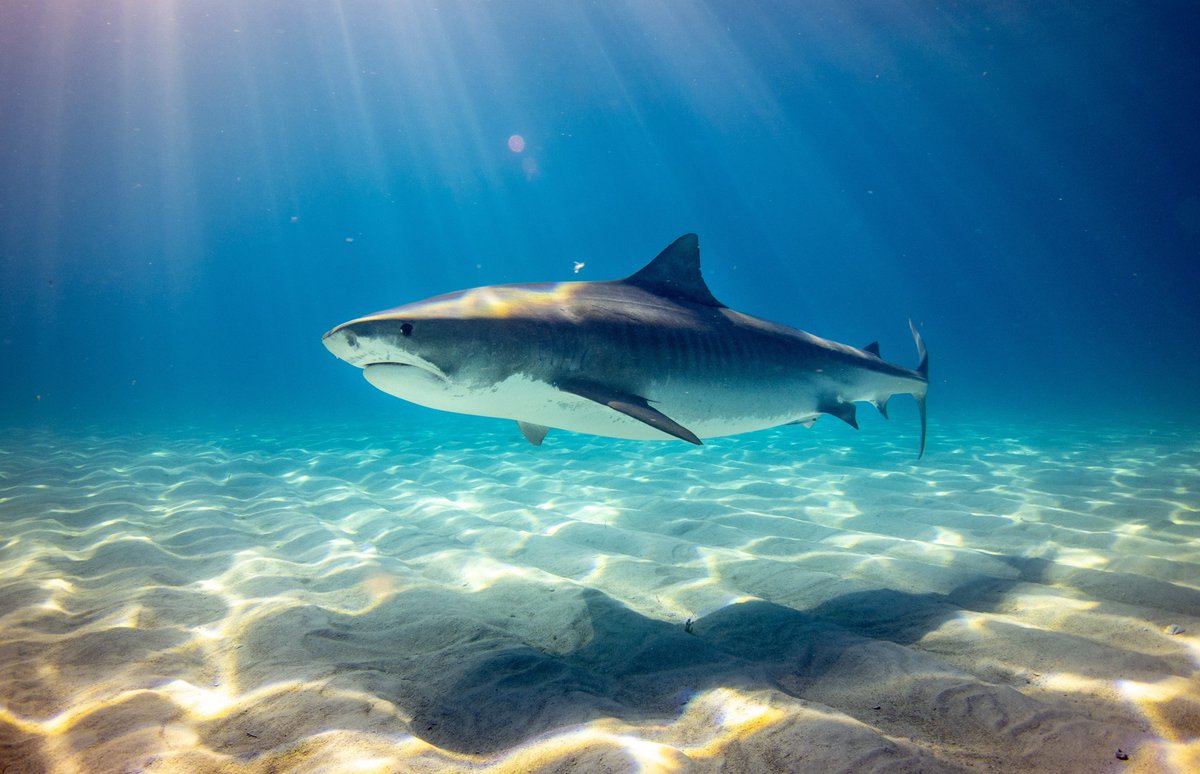
In our zoos, we’re constantly observing & monitoring the animals & their environments. We measure sound levels, temperature fluctuations & visitor numbers. Understanding how animals perceive their environments is fundamental to designing & maintaining good zoos. #ScienceWeek 

An example of a recent research project in at Taronga Zoo in #Sydney was to look at the so-called visitor effect on our animals. E.g. How do our animals perceive zoo visitors? #HumanAnimalInteractions 

We observed the interactions between four species of macropods (#kangaroo, #wallaby) and visitors in a walk-through exhibit. As visitor numbers increased, animals spent more time ‘on the lookout’ keeping an eye on what the visitors were doing. #HumanAnimalInteractions 

Although vigilance behaviour isn’t a negative on its own, if animals spend too much time concerned with visitors, they’ll devote less to essential behaviours like resting or foraging. Visitors are clearly an important component of an animal’s environment tandfonline.com/doi/abs/10.108… 

• • •
Missing some Tweet in this thread? You can try to
force a refresh












